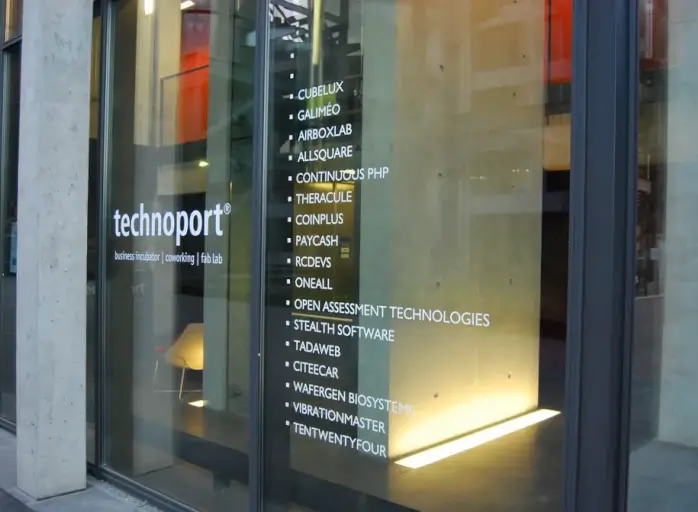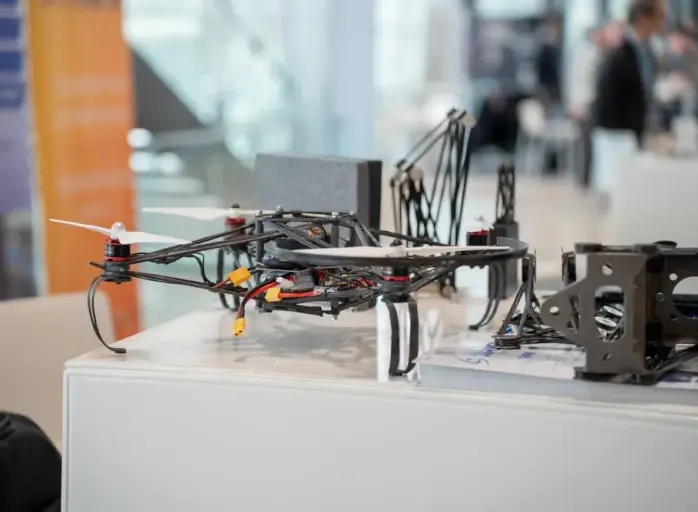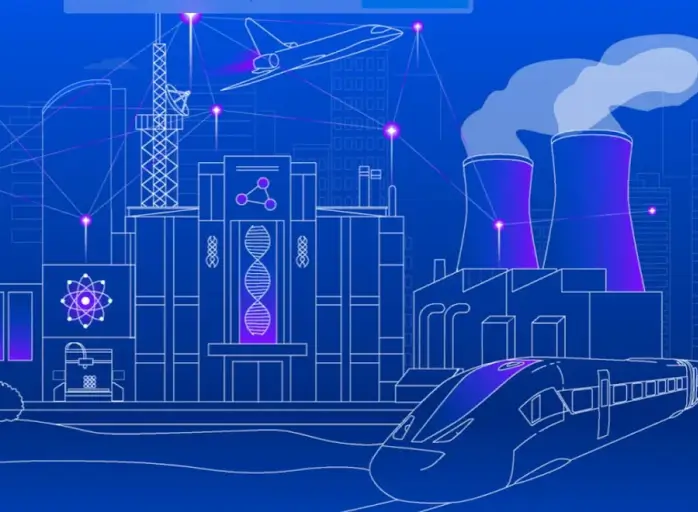
Focus on Luxembourg Supercomputing Day 2022
Supercomputing can provide significant benefits for businesses in a range of different sectors. Luxembourg Supercomputing Day 2022 offered expert insights as well as concrete use cases.
 Jean-Michel Gaudron
Jean-Michel Gaudron
 Supercomputing, or high-performance computing (HPC), is as an enabler of innovation and a driver of significant financial return. Supercomputers can help companies – start-ups and SMEs as well as large groups – boost their innovation capacity by exploiting the value of data and place themselves ahead of competitors. Research organisations and public administration can also benefit from this technology.
Supercomputing, or high-performance computing (HPC), is as an enabler of innovation and a driver of significant financial return. Supercomputers can help companies – start-ups and SMEs as well as large groups – boost their innovation capacity by exploiting the value of data and place themselves ahead of competitors. Research organisations and public administration can also benefit from this technology.
In order to provide a better understanding of supercomputing and its advantages, the Supercomputing Day was organised on 12 May at the Chamber of Commerce by EuroCC Luxembourg, the national competence centre in HPC based on a collaboration between Luxinnovation, LuxProvide and the University of Luxembourg.
“In addition to its pioneering work of stimulating the digital ecosystem in Europe, the Luxembourg government has developed strategies that highlight the importance of digitalisation for the development of a more competitive and sustainable economy,” explained Mario Grotz, Director General for Industry, Technology and Research at the Ministry of the Economy, when opening the event.
He highlighted the role of Luxembourg as the initiator of the first core group of four countries that came together to discuss a strategy and blueprint for a European initiative on HPC. This was one of the starting points for MeluXina supercomputer project in Luxembourg and for the establishment of EuroHPC Joint Undertaking (EuroHPC JU), whose headquarters are hosted in Luxembourg.
Recent projects that complete the digital ecosystem include the National Data Exchange initiative, the Luxembourg Cloud Initiative and the Luxembourg Digital Innovation Hub.
Prominent role of Luxembourg
Professor Thomas Lippert, Head of the renowned Jülich Supercomputing Centre in Germany, gave a keynote speech demonstrating how supercomputing power is fundamental for analysing data and using it for simulations and predictions. “Supercomputing makes it possible to tackle highly complex issues with higher accuracy and precision in much shorter time periods,” he pointed out.
Anders Dan Jensen, Executive Director of EuroHPC JU, the autonomous EU body managing the EU’s supercomputing initiative, highlighted the prominent role of Luxembourg in the EuroHPC ecosystem.
He particularly pointed out the role of the country in the skills development of next generation European HPC experts: the University of Luxembourg, together with partners in 21 European countries, is leading the European Master for HPC starting with its first cohort of students next September.
Ecosystem mapping
The Luxembourg Supercomputing Day 2022 also provided a deep dive into the Luxembourg ecosystem. Sara Bouchon, Director Market Intelligence at Luxinnovation, presented the market trends analysis and mapping of the HPC market in Luxembourg conducted by her team. “We have identified 980 entities in Luxembourg that could become part of the national supercomputing ecosystem,” she explained. “862 of them are potential HPC users, and 182 are enablers. 10% of potential users are public, while the remaining 90% are private entities. Identifying potential private sector users was a priority for us, as the focus of MeluXina is to be open to businesses in Luxembourg and from abroad.”
Conference participants were also offered a virtual tour of the MeluXina supercomputer guided by Francesco Bongiovanni, HPC expert at LuxProvide. He virtually brought the audience into the data centre in Bissen where MeluXina is located and explained the main features of the system and its design.
Supercomputing use cases
The last part of the event focused on use cases. Four companies presented how they use supercomputing power and what the benefits are for their businesses.
“We use HPC to speed up our R&D cycle (virtual design and prototype through simulation), in order to customise solutions and do predictive analytics,” said Jean-Christophe Witz, Chief Information Officer at Husky Injection Molding Systems. “With our current computers, it takes a week to make a simulation at very small scale. With a supercomputer, it takes just a few hours to get to do it at scale. This helps us to reduce our development cycle and get a much higher quality in the development of our tools and solutions.”
“Virtual prototyping is 20 times cheaper and 50 times faster,” explained Gabriele Pozzetti, Manager Artificial Intelligence and Data Science at Ceratizit. “Thanks to HPC, we have also been able to try out new technologies, such as artificial intelligence and machine learning, which can be powerful allies enabling us to use more recycled materials without compromising the quality.”
“Significant benefits”
Satellite Operator SES was one of the first companies to use MeluXina. “Our HPC application is related to the new generation of satellites. These are fully programmable, and we need to adapt them to the real user needs in a very flexible manner,” Joel Grotz, Senior Manager, Adaptive Resource Control System Lead at SES Engineering, pointed out. “This means that we need to develop software that is capable of optimising resource allocation very efficiently. The need for resource allocation increases exponentially with changing user demand, which means that we would need to run the optimisation algorithm very often and very efficiently – something that requires a lot of time and computing power. In collaboration with the University of Luxembourg, we had the opportunity to run some of our algorithms on the MeluXina supercomputer. We found the benefits to be significant.”
“We used the MeluXina supercomputer to train the models that are behind our AI assistant,” said Laurent Daudet, CTO and co-founder of Paris-based start-up LightOn.ai. “We do extreme scale language models: you write what you want and an automatic text will generate in the form of an email, an advertisement, a newspaper, etc. We have today an AI assistant that is perfect with text in several languages – something that did not exist two years ago.”
Replay:








